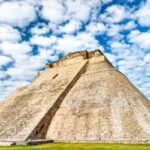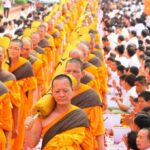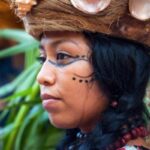We explain what Andean cultures are, their form of government, location and other characteristics. Also, what each of them was like.
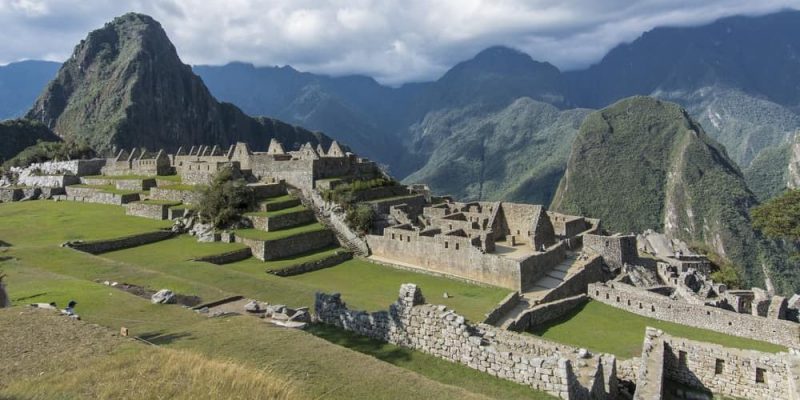
What are Andean cultures?
It is known as Andean cultures or Andean civilizations. set of pre-Columbian nations developed in the western region of South America specifically in the vicinity of the Andes mountain range, throughout twenty centuries of history, until the arrival of the Spanish conquistadors in the mid-16th century.
The Andean region was a fertile and diverse cultural area, and one of the cradles of human civilization, that is, an area in which a complex society emerged autonomously and independently from the rest of the world, as was also the case in Mesoamerica or Mesopotamia.
It is estimated that The first Andean cultures emerged around the Paleolithic period between the years 5,000 and 9,000 BC. C., but it is difficult to study the Andean tradition due to the lack of written accounts prior to the Spanish conquest. Therefore, each archaeological discovery drives a reconfiguration and reinterpretation of the history of the ancient Andean peoples.
In fact, there are three theories regarding the origin of Andean cultures, each supported by different scholars and with different visions of the functioning of these pre-Hispanic civilizations, such as:
- The diffusionist theory of Max Uhle (1856-1944) which proposed a coastal origin for this civilization, which would later have expanded towards the mountains. According to this view, there would have been some type of ancestral Mesoamerican influence that drove the organization of the primitive fishing peoples of the Peruvian region.
- The autochthonist theory of Julio C. Trello (1880-1947) who proposed the origin of this culture in the Peruvian Amazon jungle, with the Chavín being the original culture that later spread throughout the neighboring geography. His gaze rejected any foreign influence, although other autochthonists also thought that a coastal origin was probable.
- The alloctonist theory of Federico Kauffman Doig (1928) who proposed the coast of Ecuador (Valdivia) as the most likely origin of the Andean culture.
In any case, the different perspectives on the study of Andean cultures agree that Its peak or flowering period was between the 1st and 9th centuries AD. c
On the other hand, it is estimated that throughout their history they oscillated between periods of regional dispersion, in which different cultural versions emerged and with marked differences between one society and another, and periods of regional integration, in which a dominant culture imposed to the others a more homogeneous model, as was the case of the Inca Empire.
General characteristics of Andean cultures
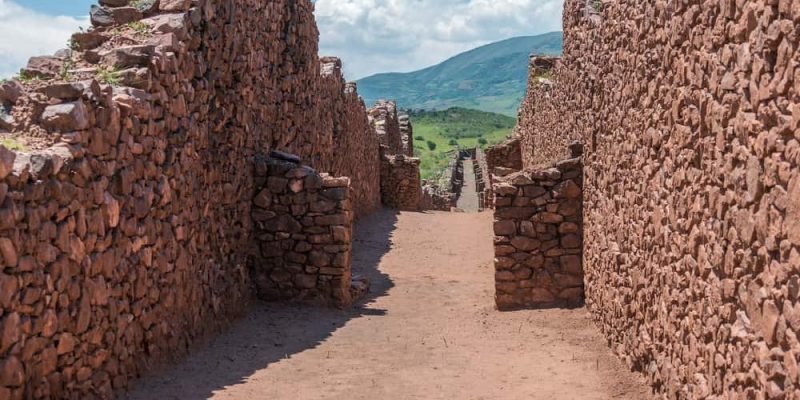
Although we are referring to a diverse set of Andean cultures, it is possible to find certain common traits that demonstrate their common origin, such as:
- It was about cultures mainly agricultural who domesticated different variants of corn, potatoes, quinoa, cassava, peanuts, coca, cocoa, sweet potato, beans, chili peppers, cotton and pumpkins, mainly. Camelid grazing was also common.
- developed large irrigation complexes as well as terraces and embankments in mountainous regions, and invented the Andean foot plow (taclla). They also shared food dehydration and storage techniques.
- dressed in tunics tied with a sash at the waist turbans and collection bags, although as time passed they adapted their clothing to the surrounding geography.
- They shared a pantheistic religious imagery in which animal totems (heads of felines, fish, eagles and condors) were common, and a more or less common vocabulary to name them.
- learned about ceramics, weaving, feather art, architecture and, to a lesser extent, metallurgy.
Location of Andean cultures
Andean cultures spread throughout the Andes mountain range in the current territory of Argentina, Chile, Bolivia, Peru, Ecuador, Colombia and to a lesser extent in the western region of Venezuela.
What were the Andean cultures?
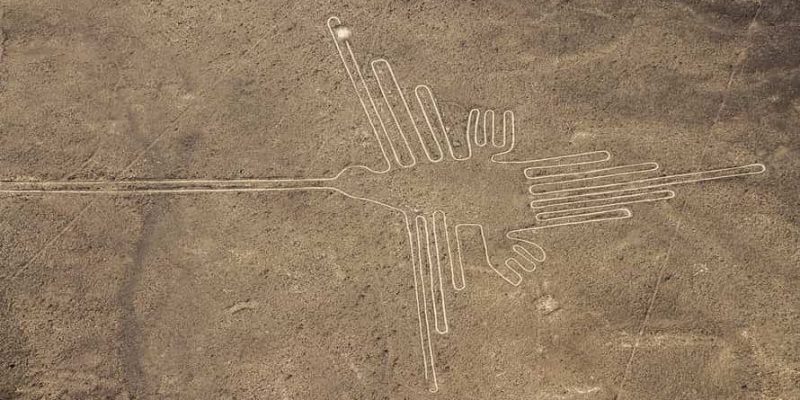
Andean cultures were many and very varied, so much so that it would take a lot of space to list them completely. However, among them the following stand out:
- The expensive civilization. Emerged around 3,000 BC. C and developed until 1,800 BC. C., this is the Andean culture of which there is more and clearer archaeological evidence, especially in the Sacred City of Caral-Supe, located 182 km from Lima, and considered the oldest city in America. Scholars compare the antiquity and originality of this culture with the ancient Egyptian, Mesopotamian, Indian and Chinese civilizations, but unlike these, the Caral developed in the most complete isolation. There are also those who think that it is the mother civilization of Peru.
- The Mayo-Chinchipe-Marañón culture. Another of the first Andean cultures and for which the most solid evidence remains, was native to southeastern Ecuador and northern Peru, in the Amazon River basin. It existed between 5,000 and 2,500 BC. C and was characterized by its recognizable style of spiral architecture, as well as by its archaeological sites in which there is the presence of seashells from the Pacific coast.
- The Chavín culture. Discovered by archaeologist Julio César Trello in 1919, it was initially assumed to be the mother culture of Peru, given that its sites date from between 1200 and 400 BC. C., in the upper basin of the Marañón River, especially in the ancient city of Chavín de Huántar, located 462 km from Lima and 3,177 meters above sea level. Important obelisks and stelae survive from the Chavín, as well as sculptural busts and architectural remains.
- The Tihuanaco culture (tiwanaku). This is an important pre-Columbian culture that flourished between Bolivia, Peru and northern Chile between 1500 BC. C and 1187 AD. C., whose central region in its area of influence was Lake Titicaca. From there they expanded towards the nearby valleys and towards the Pacific coast, and as far as San Pedro de Atacama in the South. It is the oldest culture in the region, outstanding in ceramics and textiles, whose main city, Tiwanaku, was mysteriously abandoned around the year 1200 AD. c.
- Paracas culture. Another of the important findings of archaeologist Julio César Trello, this pre-Columbian culture existed between the years 700 BC. C and 200 AD. C., characterized by advanced textiles, ceramics and basketry. It is considered the ancestor of the Nazca culture, with which it has obvious cultural similarities, so much so that many consider the Paracas as the initial stage of Nazca. They were discovered in 1925 in front of Paracas Bay and south of Pisco.
- The Nazca culture. Developed mainly in the Ica valleys, in present-day Peru, between the 1st and 4th centuries AD. C., are famous for their lines on the Jumana pampa, known as the “Nazca lines”, with animal figures on an extraordinarily large and precise scale. They were also skilled in ceramics and engineering, as evidenced by the discovery of large aqueducts used for agricultural irrigation. They are a key culture for the emergence of the Huari.
- The Huari or Wari culture. Emerged between the 8th and 13th centuries AD. C., was an imperial civilization whose capital city, Wariwas located about 20 km from present-day Ayacucho, above 2900 meters above sea level. Together with the Inca Empire, it was the great South American imperial power, exerting its influence on the mountains and the coast of current Peruvian territory. They were, therefore, a largely warrior and religious culture.
- The Inca civilization. Also known as the Quechua civilization, it is perhaps the best known of all the pre-Columbian Andean cultures, founder of the largest political unit in South America in terms of power and territory: the Inca Empire. It was also the last of the pre-Columbian civilizations to resist the European conquest, and exercised its political control over the current territories of Peru, Bolivia, Ecuador, Chile, Colombia and northern Argentina. His empire, known as the Tahuantinsuyohad the city of Cuzco as its capital, about 3,300 meters above sea level, and they also built important ceremonial centers and palaces in Coricancha, Sacsayhuamán, Machu Picchu, Ollantaytambo and Písac. Although the empire fell in 1540 to the Spanish conquerors, there was an Inca stronghold (the so-called Incas of Vilcabamba) in resistance until 1572.
- The Timoto-Cuica culture. Native to the Venezuelan Andes (the states of Mérida, Táchira and Trujillo) and linked to the Colombian Chibcha or Muisca culture, this culture encompassed a diverse number of local tribes, such as the Timotos, Carachis, Betijoqueyes, Guaraques, Cuicas, Guitas, Chachopos and licuipos, who shared traits such as their agricultural cultivation on mountainous terraces, their domestication of the turkey and the guacharaca, and their warrior dedication. It is estimated that they had cultural contact with other pre-Columbian cultures such as the Caribbean or the Arawaks.
Type of government of Andean cultures
In general, Andean cultures were governed in a theocratic manner, with monarchical or priestly governments in which religion occupied a central role as an organizer of community life.
Depending on the culture and the historical moment, it is possible to find large social structures such as the Inca Empire or the Huari Empire, for example, or rather small dispersed communities with local forms of chiefdom or chiefdom.
Continue with: Mesoamerican cultures
References
- “Andean Civilizations” on Wikipedia.
- “Andean cultural area” in Wikipedia.
- “Pre-Hispanic Andean cultures” in Acceso.
- “Andean Civilizations” at Arizona Museum of Natural History (USA).
- “Andean civilization” in The Encyclopaedia Britannica.

